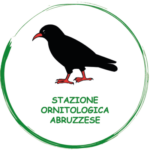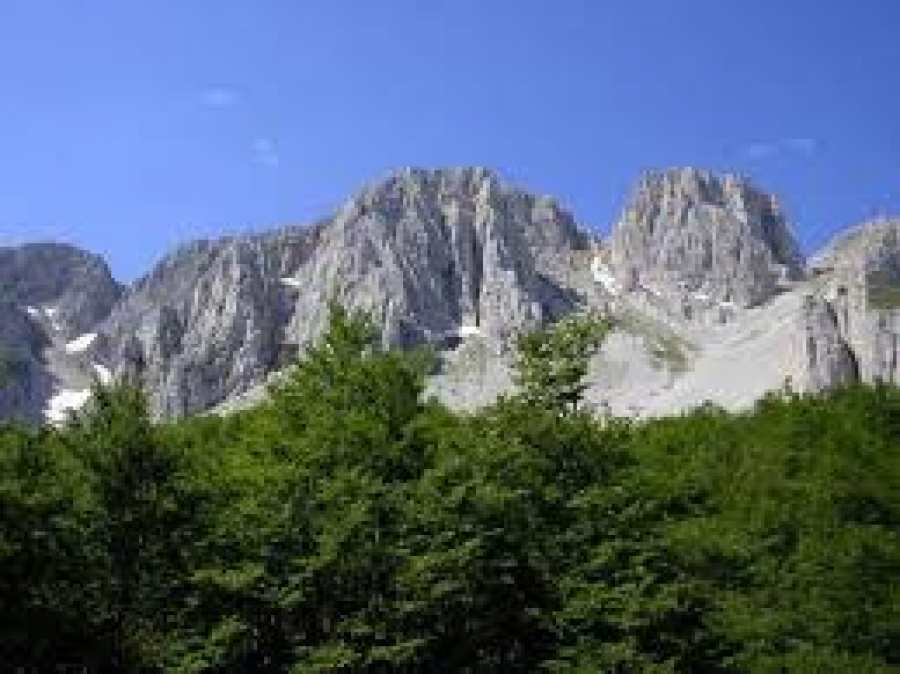

Open letter to presidential candidates for the March 10, 2024 regional elections in Abruzzo, Italy
Beyond the rhetoric about Abruzzo being the Green Region of Europe, in the election programs of the two main presidential candidates, the issue of biodiversity protection is barely touched upon (a generic reference to the importance of parks and reserves in Luciano D’Amico’s program) or ignored (in Marco Marsilio’s program).
The European Union, through the 2030 Biodiversity Strategy, a key arm of the Green Deal, aims to restore biodiversity for the benefit of citizens, the climate and the planet, to strengthen the resilience of our societies against future threats such as:
- the effects of climate change
- forest fires
- food insecurity
- epidemics, including by protecting wildlife and fighting illegal wildlife trade.
The European Regulation finally approved by the European Parliament on February 27, 2024, which is binding on member states, stipulates that it is to be restored 20 percent of Europe’s maritime and terrestrial natural habitats by 2030 and 90 percent by 2050, through a series of concrete actions that all member states will be required to plan for.
For decades, the Abruzzo Region has been completely absent with regard to actions to protect biodiversity(see attached document), and indeed a myriad of infrastructural interventions almost daily worsen the ecological conditions of the regional territory.
In keeping with the provisions of Art. 51 of its statute, the Abruzzo Region should allocate and make adequate use of financial and human resources to give a future to the nature that still connotes our region and the people who live there.
In order to concretely launch a new political season in line with the European Biodiversity Strategy, these associations ask the presidential candidates to commit to the following five goals:
Biodiversity monitoring
Knowledge of the status of plant and animal species, especially those protected by European laws, is the basis for any action to restore biodiversity.
In the Abruzzo Region this function is not exercised, despite the fact that a Regional Observatory on Biodiversity exists on paper (moreover, it has no budget). Suffice it to say that the approximately 950 thousand euros allocated from the Rural Development Plan for the “Study/monitoring of the conservation status of species and habitats of community interest” was not used and was lost.
The region’s Parks Bureau has been staffed by four fewer people than the small regional library in Sulmona for decades.
Therefore, it is necessary to provide the parks bureau with adequate staff with the necessary technical and scientific expertise and to establish a genuine regional biodiversity observatory, provided with sufficient financial resources and tasked with preparing annual general reports on the “state of biodiversity” and specific reports on individual endangered species. This observatory is to absorb the tasks performed by the so-called “Wildlife Observatory,” in fact an office intended only to provide support for ordinary hunting and fishing activities.
Management plans of “Natura 2000” Areas and agricultural territories.
Within the Special Areas of Conservation (formerly SCIs) and Special Protection Areas (SPAs) or protected areas, major environmental impacts are authorized each year. Examples include the recent destruction or irreparable tampering with some wetlands such as Pagliara Lake in the Gran Sasso Monti della Laga National Park, the channelization with complete cutting of riparian vegetation along the Lavino and Vomano rivers in Montorio al Vomano, the total destruction (bulldozing by bulldozers) of the high-altitude grasslands of Valle Lenzuola in Ovindoli in the Sirente Velino Regional Park, the construction of vast parking lots in Campo Imperatore, and the destruction of rock faces (with nests of birds of prey) in the Fara San Martino Gorges and the Turrivalignani SCI.
The lack of approval of management plans for these areas (especially those outside the parks), which are the fundamental reservoir of regional biodiversity, encourages this intolerable destructive drift.
Back in 2014, the Abruzzo Region funded with about 3 million euros from the past Rural Development Plan (RDP) the Management plans for as many as fifty regional SCIs and SPAs., approving a procedure that was classified as Best Practice by the National Rural Network (the only case for a RDP in Abruzzo).
The region, however, HAS NEVER APPROVED the Plans, with negative consequences both for companies potentially receiving funds and for biodiversity protection. Instead, it continues to use the substantial European funds to be allocated for the protection of biodiversity in the agribusiness sector according to welfare criteria and without controls on the effects produced by the interventions.
Conversely, what is needed is management of the Natura 2000 Network and agriculture and agricultural land-where data from recent years show that biodiversity loss is constant and dramatic regardless of the resources bestowed by RDPs-strictly based on the criterion of preventive planning.
Regional protected areas
Twenty-four Regional Nature Reserves have been established in Abruzzo, some on areas of significant naturalistic interest others in territories with environmental and floral-faunal value comparable to that of an urban park.
Under R.L. 38/1996, management is entrusted to municipalities, unlike in other regions where reserves are managed and controlled by regional staff (Directors, Technicians, park rangers), with possible support from NGOs and companies. In Abruzzo, the staff working there are completely precarious and hired on annual contracts. The role of the Region and the Parks Bureau is merely auditing.
Instead, there is a need to provide, at least, the most significant regional reserves with an effective governance structure and adequate personnel and means such that they also support the work of the regional Parks Bureau.
Forest cutting and utilization
With the enactment of R.L. 3/2014, the region assigned authorizing powers for forest planning and cutting approvals to its forestry and state property offices.
Despite the fact that a large proportion of the cuts, with individual interventions on territories, even of many tens of hectares, are located within protected areas and Natura 2000 Network sites, the projects and applications are still exclusively guided by production criteria.
Mandatory Environmental Impact Assessments of cuts are, in the vast majority of cases, useless compilation reports written by agronomists or foresters with no floristic or wildlife experience.
Conversely, it is necessary for these assessments to be conducted rigorously in light of the European Biodiversity Restoration Strategy and laws, always involving expert ecologists, zoologists, botanists.
Wild animal road accidents
Everyone remembers the fatal investment of the “Juan Carrito” bear in Castel di Sangro, but far from being an isolated case, it is a widespread and worrisome problem. It is not only protected species (Brown Bear, Wolf) that continually suffer, but also people, with economic damages for compensation paid to investors by the Abruzzo Region.
The very limited preventive interventions have been the result of entirely extemporaneous actions, while ecoducts or natural bridges and suitable barriers have NEVER been funded, as is the case in other Italian and European regions.
Therefore, appropriate ecoducts need to be built, using structural funds from the ERDF ROP as Greece, Croatia or Spain have been doing for years.


